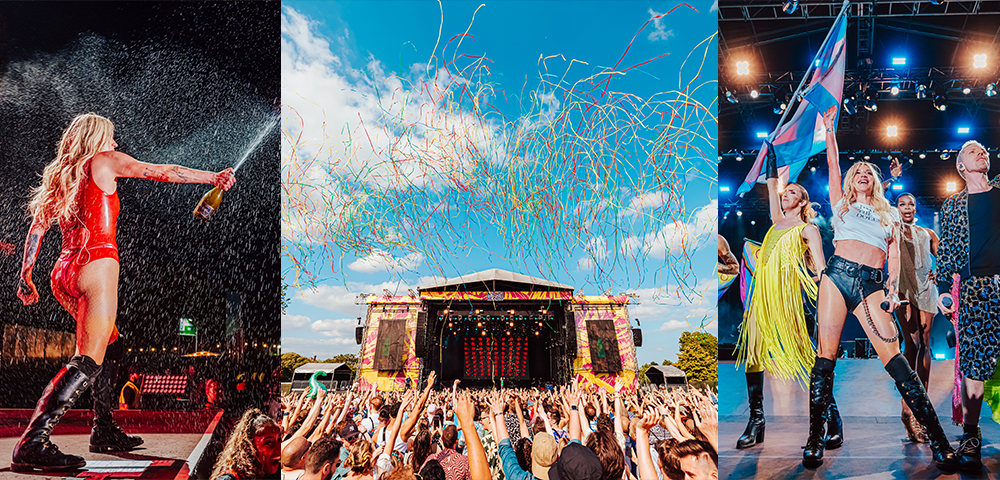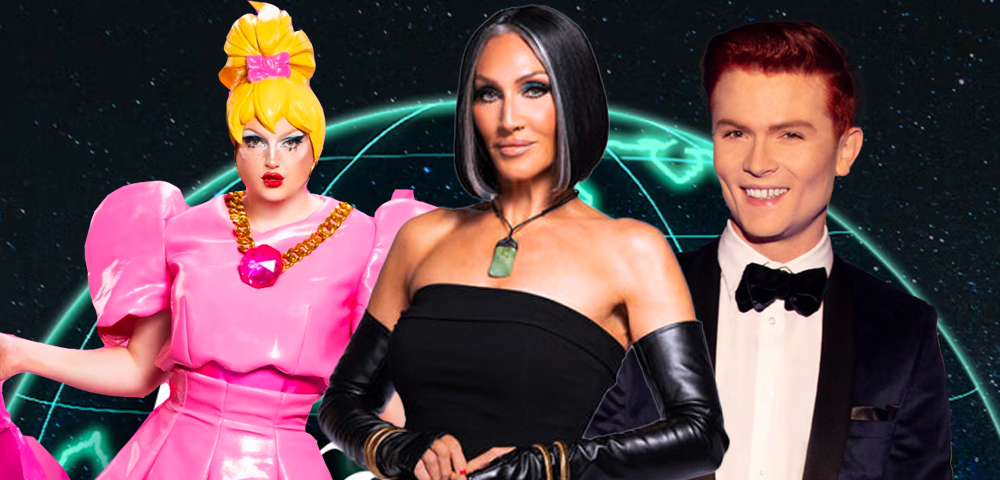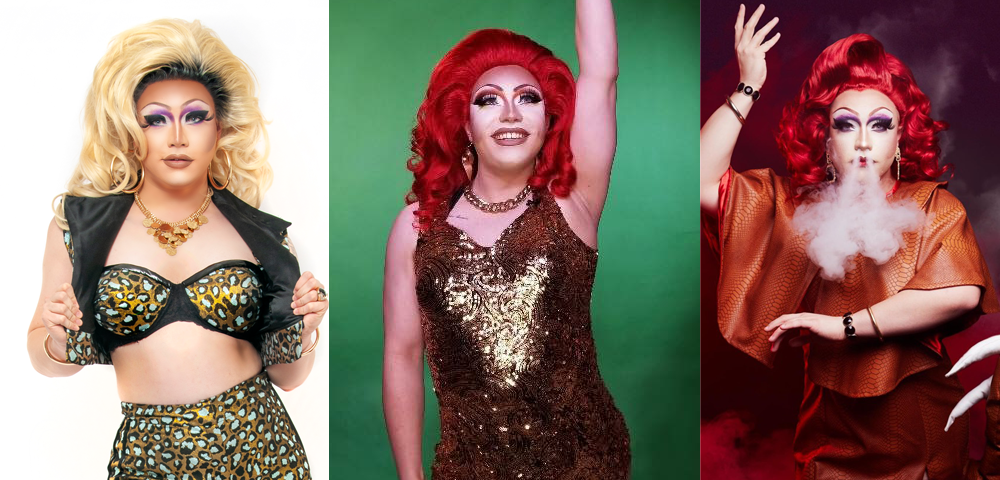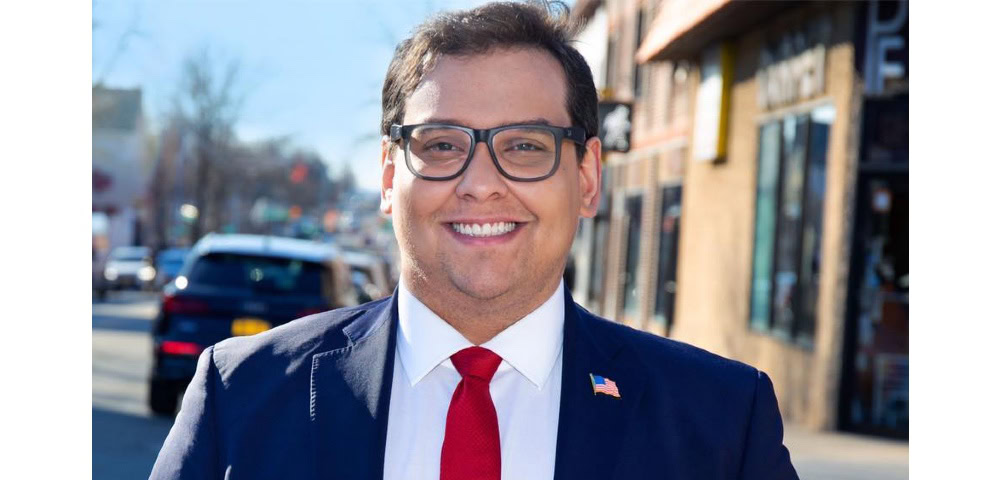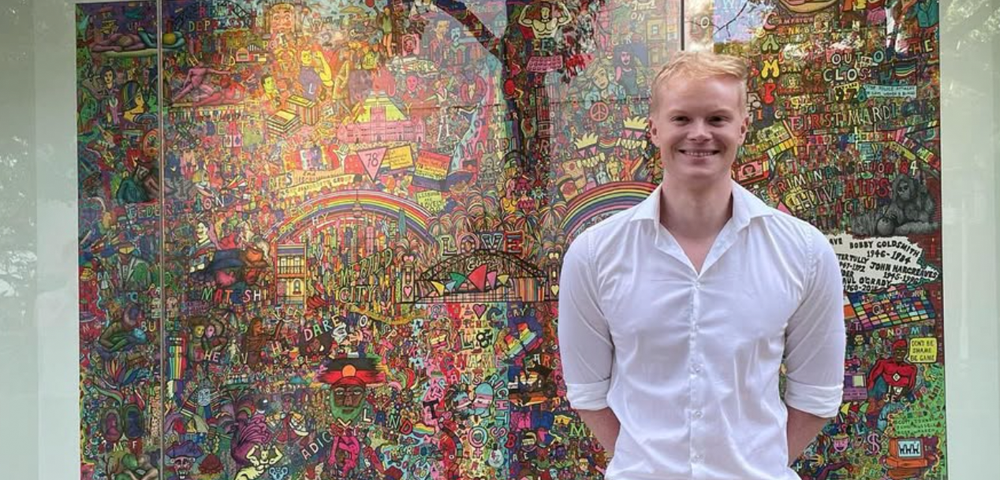
Swipe Right To Create Queer Safe Spaces Online
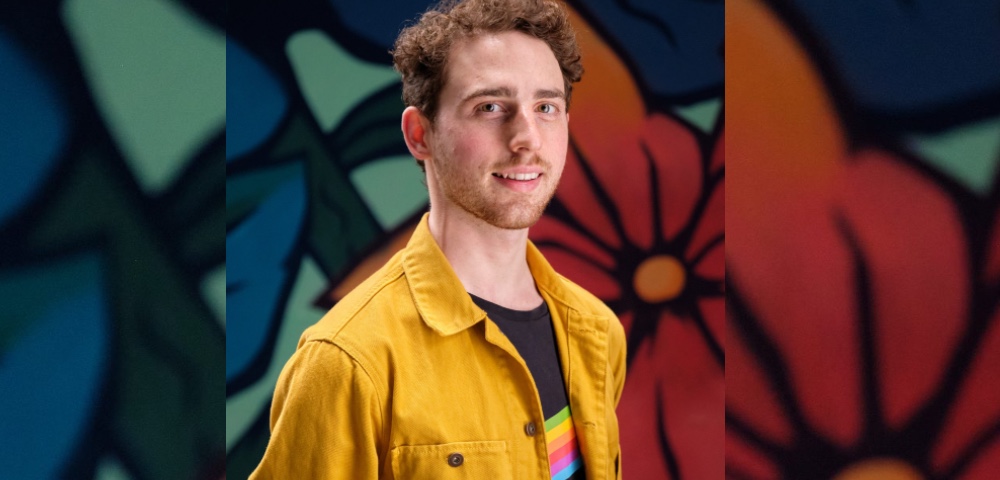
By Tommaso Armstrong
Social platforms and dating apps play a large part in the modern queer experience. They’re spaces where we queer people can interact with friends, express ourselves, meet new people and connect to the community. For many, these online spaces provide a space where we can learn about being queer, and find supportive peers.
The ability to do these things online is crucial for those who wouldn’t be safe or comfortable doing so in the physical realm. Despite the many benefits of social platforms to the queer community, I don’t need to tell you that they also have plenty of negatives.
As part of my PhD, I’m exploring how queer young men use social platforms. A major theme emerging from my conversations with queer young men in Sydney is the toxicity of some of the platforms and their impacts on mental health and self-esteem.
Instagram, Grindr Came Up As Problematic Platforms
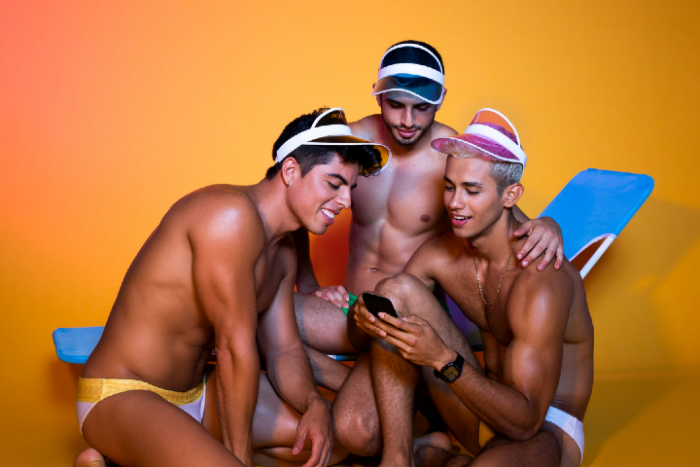
They weren’t just talking about harassment or hate they see from outside the queer community (although that is a separate issue) but negative interactions within the queer community.
Instagram and Grindr both came up repeatedly as particularly problematic platforms. Many I spoke to described how superficial Instagram can be and how the culture on the platform can make them feel inadequate. Constant exposure to the seemingly perfect lives and bodies of others on Instagram negatively impacts how they see themselves.
On Grindr, many experience harassment, racism and a culture that makes them feel they have to look or act a certain way to be treated decently by others.
Despite these platforms’ issues and reputations, they’re still used to connect with others in the community. In the case of Grindr, many have a love/hate relationship with it. Although the experience of using it can often be negative or involve outright harassment, it’s a place where one can meet other queer people for hookups and dates but also to make friends or pass the time.
Social platforms each have their own cultures, for example, Instagram has a different vibe to Facebook, and the experience of using Grindr is quite different to that of Tinder.
Spaces For Queer Men
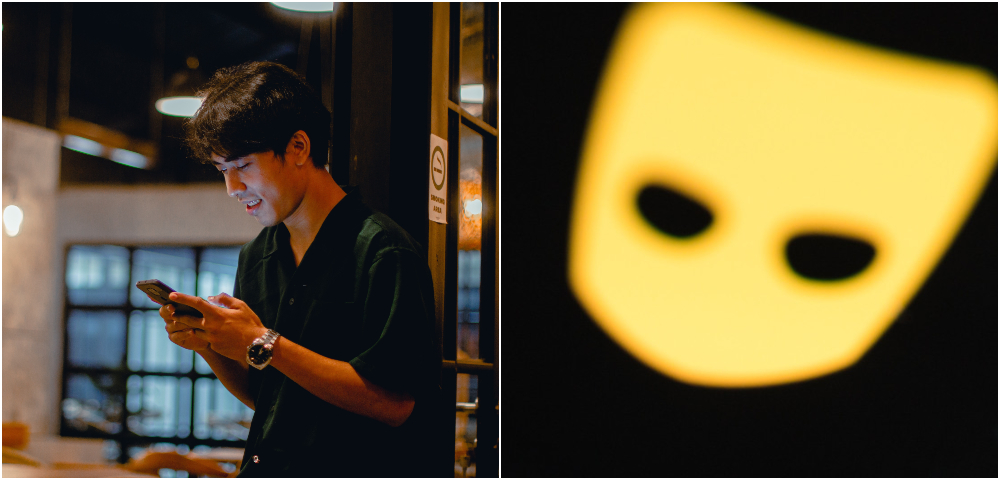
The way these platforms are designed, and the kinds of interactions that are encouraged, play a large role in shaping their cultures. For example, the way Grindr profiles show statistics about body dimensions and categorise people into “tribes” can encourage people to focus on those attributes instead of the whole human behind the profile.
My work tries to understand the different factors that define these spaces for queer men. In other words, which features and design decisions positively impact people’s experiences and which are more harmful. The aim is to use this information to explore ways to improve the social platforms queer men use.
In trying to figure out how to improve these platforms, many tweaks could help. Crucially though, it’s essential to take a step and ask what kinds of spaces we want as a community. What are the things that really empower us? What are we missing? What kind of atmosphere do we want to encourage? What do we want less of? How can we build spaces that acknowledge and suit a diversity of queer experiences and desires?
In exploring these questions, we can also think about how we currently use social platforms. Yes, there are issues with how the platforms are designed that need to be addressed. But in the meantime, how can we as individuals start to shift things in a nicer direction?
Tommaso Armstrong is a Sydney based PhD student researching how social platforms shape the experiences of queer young men.




